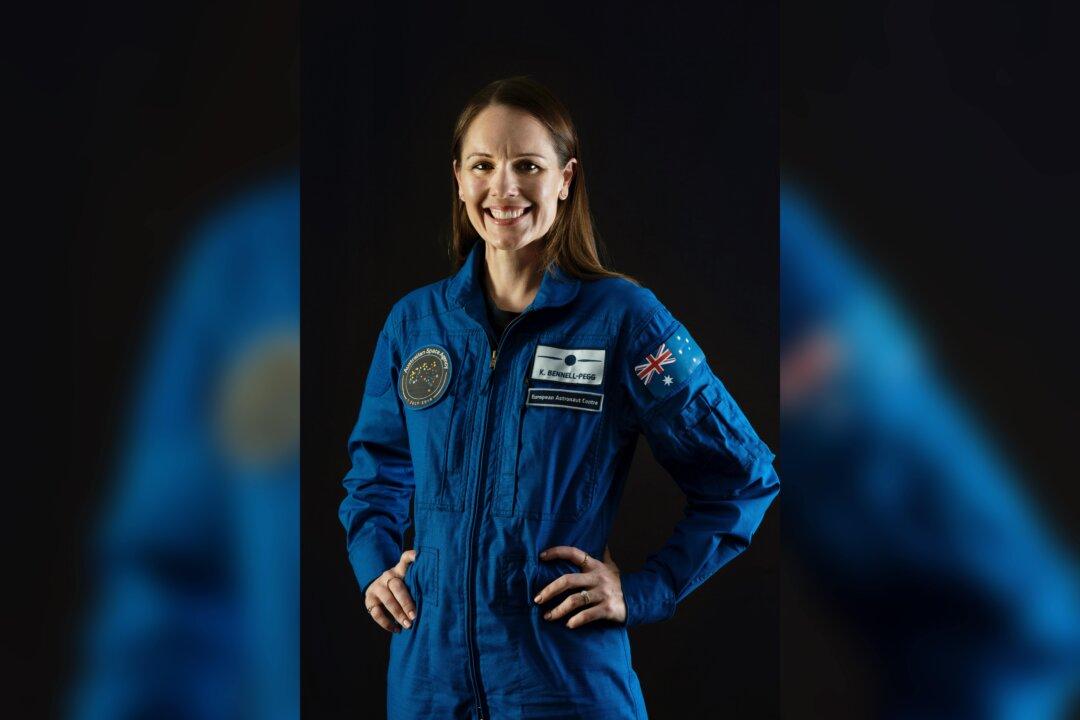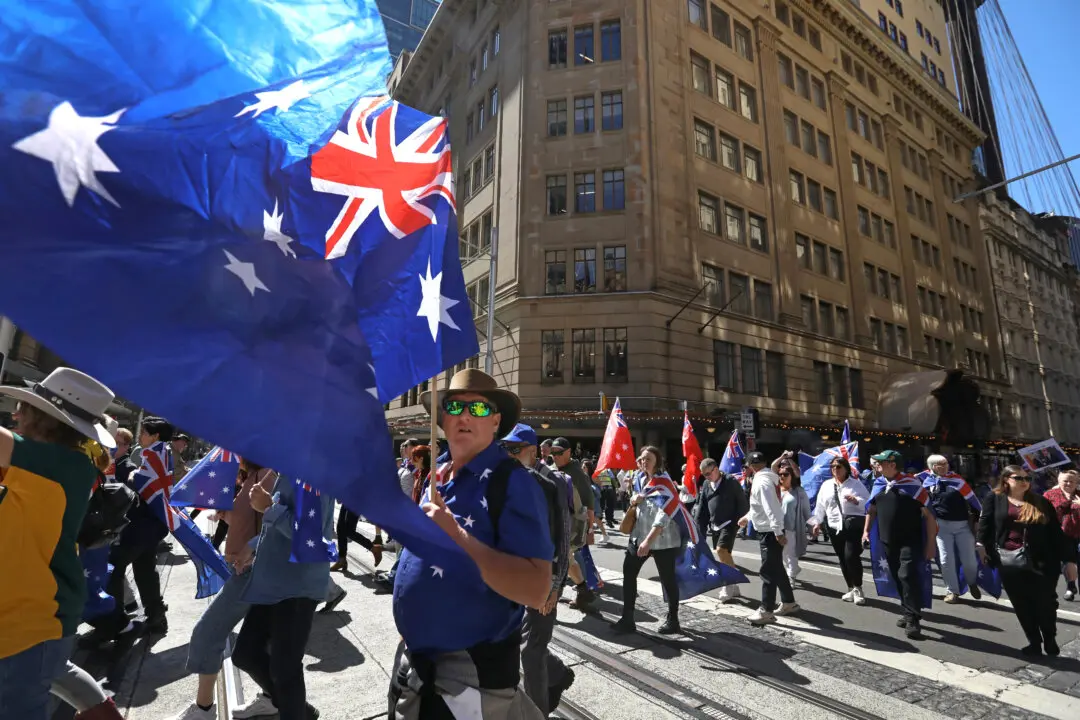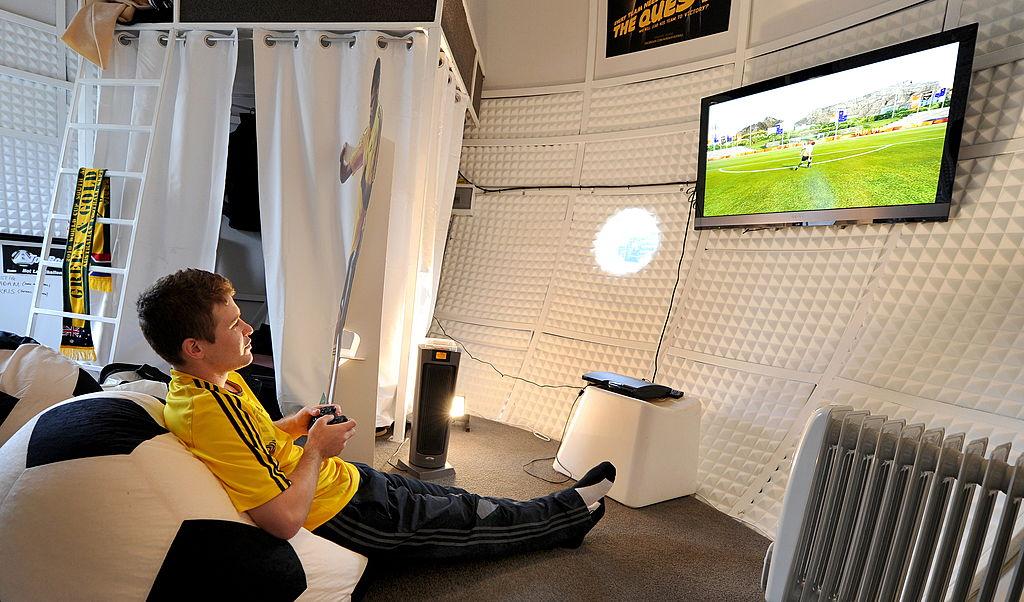Quite a few children look up at the sky and dream of one day becoming an astronaut, but only a tiny number actually reach for the stars, and an even smaller number pass the exacting training required to succeed.
But growing up on Sydney’s northern beaches, Katherine Bennell-Pegg was determined to head into space.





